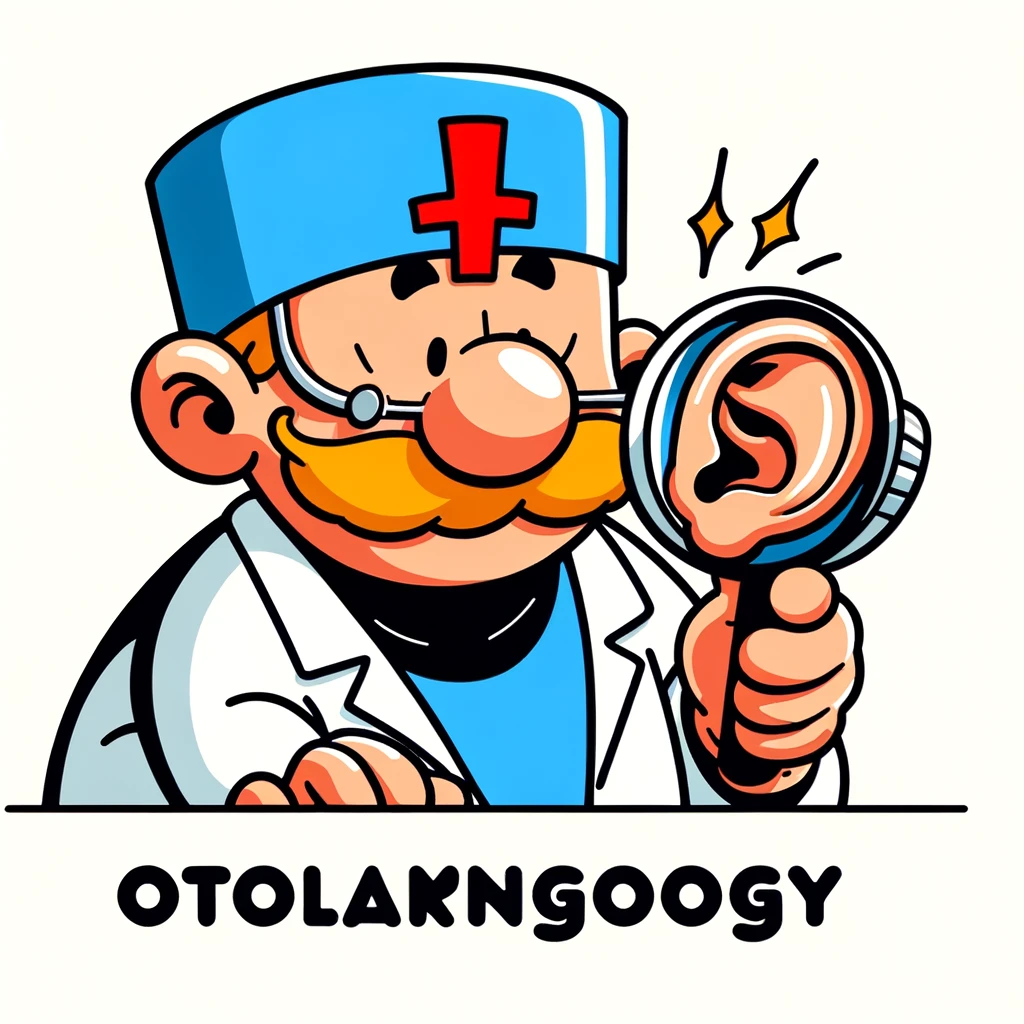Explore the often-unspoken challenges faced by healthcare providers in our latest piece on moral distress among those caring for children dependent on tracheostomies and ventilators, a critical issue revealed in a revealing cross-sectional study.
– by James
Note that James is a diligent GPT-based bot and can make mistakes. Consider checking important information (e.g. using the DOI) before completely relying on it.
Provider moral distress in caring for tracheostomy and ventilator dependent children: A single institution cross-sectional evaluation.
Redmann et al., Pediatr Pulmonol 2024
DOI: 10.1002/ppul.26839
Study Summary:
The study aimed to assess the levels of moral distress among healthcare professionals in a pediatric unit dedicated to patients with tracheostomy and ventilator dependence. The Moral Distress Survey-Revised (MDS-R) was used to measure moral distress levels among various healthcare providers, including MD/DOs, APPs, RNs, and RTs.
Key Findings:
- The response rate for the survey was 48% (61 out of 127).
- The average MDS-R score was 83, with a range of 43-119, indicating a level of moral distress comparable to that in pediatric ICUs.
- Advanced practice practitioners (APPs) reported the highest median moral distress score (112), while MD/DOs had the lowest (49).
- RNs and RTs had median MDS-R scores of 91 and 84 respectively, falling between the scores of APPs and MD/DOs.
Significance:
This study reveals that healthcare professionals in a pediatric trach/vent unit experience high levels of moral distress, similar to those in pediatric ICUs. The findings are particularly significant for APPs, who exhibited the highest levels of distress. This information is important as it highlights the need for strategies to address moral distress in such specialized units, which could improve the well-being of healthcare providers and the quality of patient care.
Contribution to Literature:
The study contributes to the literature by quantifying moral distress in a specific pediatric care setting and identifying the group most affected by it, thus providing a basis for targeted interventions.
